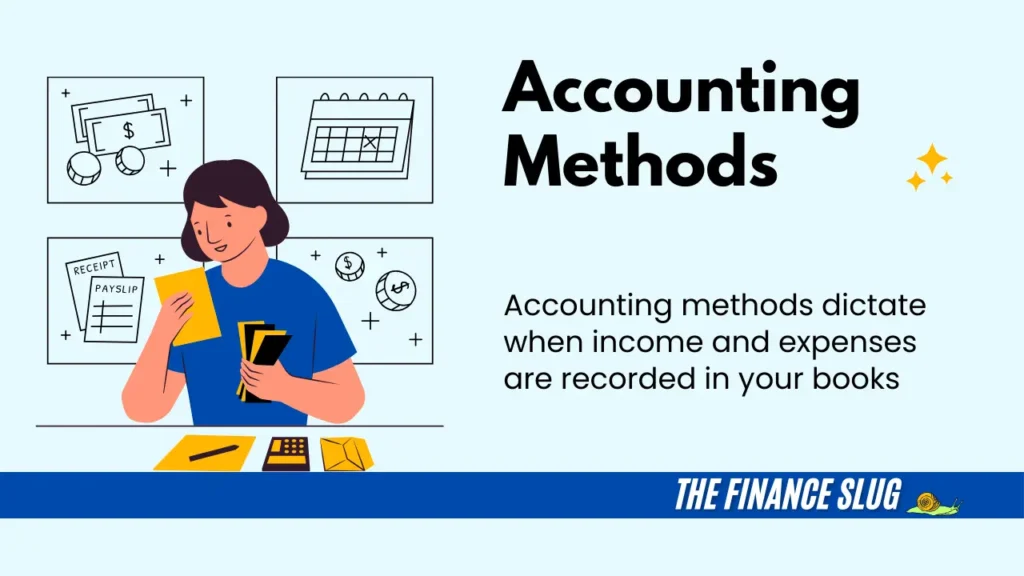
Accounting serves as the backbone of every business. At its core are accounting methods — the rules that define how financial transactions are recorded. These methods influence tax obligations, financial clarity, and decision-making.
Understanding various accounting methods is crucial for accurate financial reporting. These methods are grounded in fundamental accounting concepts that guide financial practices.
In this guide, we’ll explain the two main accounting methods, their differences, and how to select the right one. Whether you’re a small business owner or running a larger company, understanding these methods is crucial for success.
What Are Accounting Methods?
Accounting methods dictate when income and expenses are recorded in your books. They serve as the foundation for financial reporting, tax calculations, and evaluating business performance.
The two primary methods are:
- Cash accounting, which records transactions when cash is received or paid.
- Accrual accounting, which records transactions when they are earned or incurred, regardless of cash flow.
Each method has its strengths, and the choice depends on your business needs.
Cash Accounting: Simple and Straightforward
Cash basis accounting records income when you receive payment and expenses when you pay them. It’s easy to understand and commonly used by small businesses or freelancers.
For example, if you send an invoice in January and receive payment in February, the income is recorded in February. Similarly, expenses are recognized when you actually spend money, not when the expense is incurred.
This method offers real-time cash flow tracking, making it ideal for businesses with straightforward operations. It’s user-friendly and doesn’t require advanced bookkeeping skills.
However, its simplicity can be limiting. Cash basis accounting doesn’t account for receivables (money owed to you) or payables (money you owe). As a result, it may not provide a complete picture of your financial health, especially if your business is growing or handling significant transactions.
Accrual Basis Accounting: A Detailed Approach
Accrual basis Accounting records income when it’s earned and expenses when they’re incurred. This happens regardless of when cash actually changes hands.
For instance, if you send an invoice in January but receive payment in February, the income is recorded in January. Similarly, expenses are logged when they occur, even if payment is made later.
This method follows Generally Accepted Accounting Principles (GAAP), making it essential for businesses with more complex operations. It provides an accurate picture of profitability by matching revenue with related expenses within the same period.
Accrual accounting is ideal for businesses with inventory, credit sales, or plans for growth. However, it’s more complex than cash basis accounting. Many businesses using this method rely on professional accountants or software to manage their books efficiently.
Key Differences Between Cash and Accrual Accounting
The main difference lies in timing.
- Cash basis accounting records transactions when money moves in or out.
- Accrual basis accounting records transactions when they are earned or incurred.
For example:
- A payment received in February is recorded in February under cash basis. Under accrual, it is recorded in January if the work was completed then.
- Prepaid expenses are recorded immediately in cash basis but spread out over time in accrual.
Tax implications also differ. Cash basis accounting offers flexibility by allowing businesses to defer income or accelerate expenses for tax planning. Accrual accounting, on the other hand, provides a more precise view of financial health, which is vital for investors or lenders.
Modified Cash Basis Accounting: A Balanced Alternative
The modified cash basis combines elements of both methods. Most transactions are recorded on a cash basis. However, certain items, like inventory or large prepaid expenses, are tracked on an accrual basis.
This hybrid method offers simplicity while providing more accurate financial statement than pure cash basis accounting. It’s a popular choice for businesses transitioning to accrual accounting or those with moderately complex operations.
How to Choose the Right Method
Choosing an accounting method depends on your business’s size, complexity, and goals. Here’s what to consider:
- Business Size: Small businesses often prefer cash basis accounting for its ease. Larger businesses, especially those with inventory, typically use accrual accounting to meet GAAP standards.
- Tax Requirements: The IRS requires accrual accounting for businesses with average annual gross receipts over $27 million.
- Industry Norms: Certain industries, like manufacturing or retail, favor accrual accounting due to the nature of their transactions. Service-based businesses may find cash basis more practical.
- Growth Plans: If you’re planning to scale, attract investors, or secure loans, accrual accounting is usually the better choice. It offers a clearer financial picture for stakeholders.
Switching Methods: What You Should Know
Switching accounting methods is a significant decision that requires careful planning. Businesses moving from cash to accrual accounting must adjust their books to account for prior transactions. This includes recognizing outstanding invoices and unpaid bills.
Approval from the IRS is required for tax reporting. You’ll need to file Form 3115 (Application for Change in Accounting Method) and explain your reasons for the switch. Consulting a professional accountant during this process is highly recommended.
The Role of Technology in Accounting
Modern software makes managing accounting methods easier than ever. Tools like QuickBooks and Wave are excellent for cash basis accounting. More advanced platforms like Xero and Sage Intacct handle accrual accounting and meet the needs of larger businesses.
These tools automate tasks, generate reports, and ensure compliance with tax laws. They also support hybrid methods like modified cash basis accounting, offering flexibility to businesses with diverse needs.
With the rise of artificial intelligence, accounting software is becoming even smarter. AI-driven tools reduce errors, save time, and offer valuable insights into financial trends.
Why Accounting Methods Matter
Accounting methods aren’t just technical choices—they’re strategic tools. The right method impacts how you manage finances, plan taxes, and present your business to stakeholders.
- Cash basis accounting is great for simplicity and tracking real-time cash flow.
- Accrual accounting provides a detailed, accurate view of financial health, making it vital for businesses with growth ambitions.
- Modified cash basis offers flexibility and clarity, balancing simplicity with precision.
By understanding your options and leveraging technology, you can ensure your financial records are clear, accurate, and aligned with your business goals. Whether you’re managing daily operations or planning for long-term growth, the right accounting method is a cornerstone of success.
- Accredited Asset Management Specialist (AAMS): Everything You Need to KnowBoost your finance career with the Accredited Asset Management Specialist (AAMS) certification. Learn its benefits, cost & career scope today!
- Accounts Receivable Financing: What It Is & How It WorksLearn how Accounts Receivable Financing boosts cash flow without debt. Discover benefits, risks, and how it works for businesses.
- Accounts Receivable Aging: Definition, Importance & Best PracticesDiscover Accounts Receivable Aging, its importance, calculation, and best practices to manage overdue invoices and boost cash flow.
- What is Accounts Receivable (AR)? Definition, Examples & Best PracticesLearn everything about Accounts Receivable (AR), its importance, how it works, and best practices to manage AR effectively for better cash flow.
- Accounts Payable Turnover Ratio: Formula, Importance & CalculationLearn everything about the Accounts Payable Turnover Ratio, its formula, importance, and how it impacts cash flow and supplier payments.
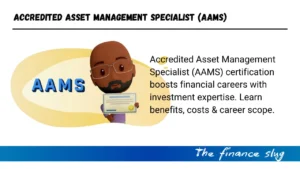
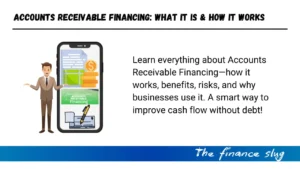
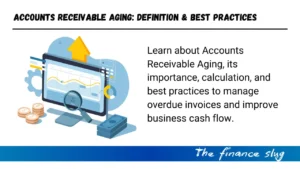
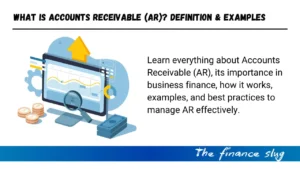


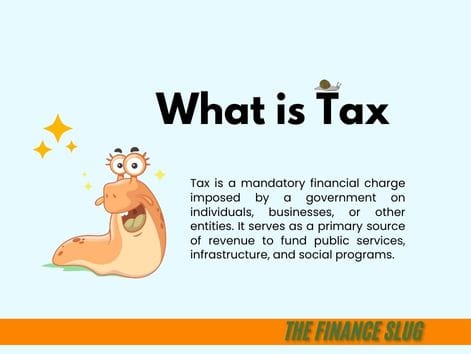
Pingback: Ability to Pay Principle: How It Benefits Society in 2025